Can they hear you coming?
My brother is visiting from Atlanta and last night we decided to go out for a quick evening jog. He had on his iPod, so he was blissfully listening to music while I was stuck listening to his size 14 feet rhythmically slam into the pavement. After about two miles, I couldn’t resist giving him a few pointers. Even though he’s an experienced runner (completed the NYC marathon), I knew some small tweaks in form could improve his pace while reducing the risk of injury. While there are many elements to proper running technique, here are the two tips I shared:
1) Don’t “Pound the Pavement”
Do you sound like a stampede of elephants when you run? If so, you are not only scaring the people in front of you, but you’re also increasing the risk of injury and compromising your running efficiency. Each time you pound the road, you are adding undue stress to your foot, ankle, knee and back . You are also directing your energy into the ground instead of using it to propel you forward. To improve speed and reduce injury: relax your body, use a gentle step on your fore foot, and limit vertical bouncing and side to side movement.
2) Use a high stride turnover.
The most efficient runners use a frequent number of steps (about 180) during each minute of running. This reduces the amount of time spent in the air and thereby the impact when hitting the ground. Not only does high stride turnover make you faster, but it also decreases the stress on muscles and joints.
To improve stride turnover, you will first want to assess your current rate. Simply count the strides of your right leg for one minute and multiply the result by two. If you fall short of 180, try to work on adding a step each time you repeat this drill. Think about taking quick, light steps by picking up your feet as soon as they hit the ground. If it helps, picture yourself at the beach running over hot sand. Also focus on keeping your foot strike directly under your hips and not out in front of the body to minimize injury and use gravity to maximize efficiency.

